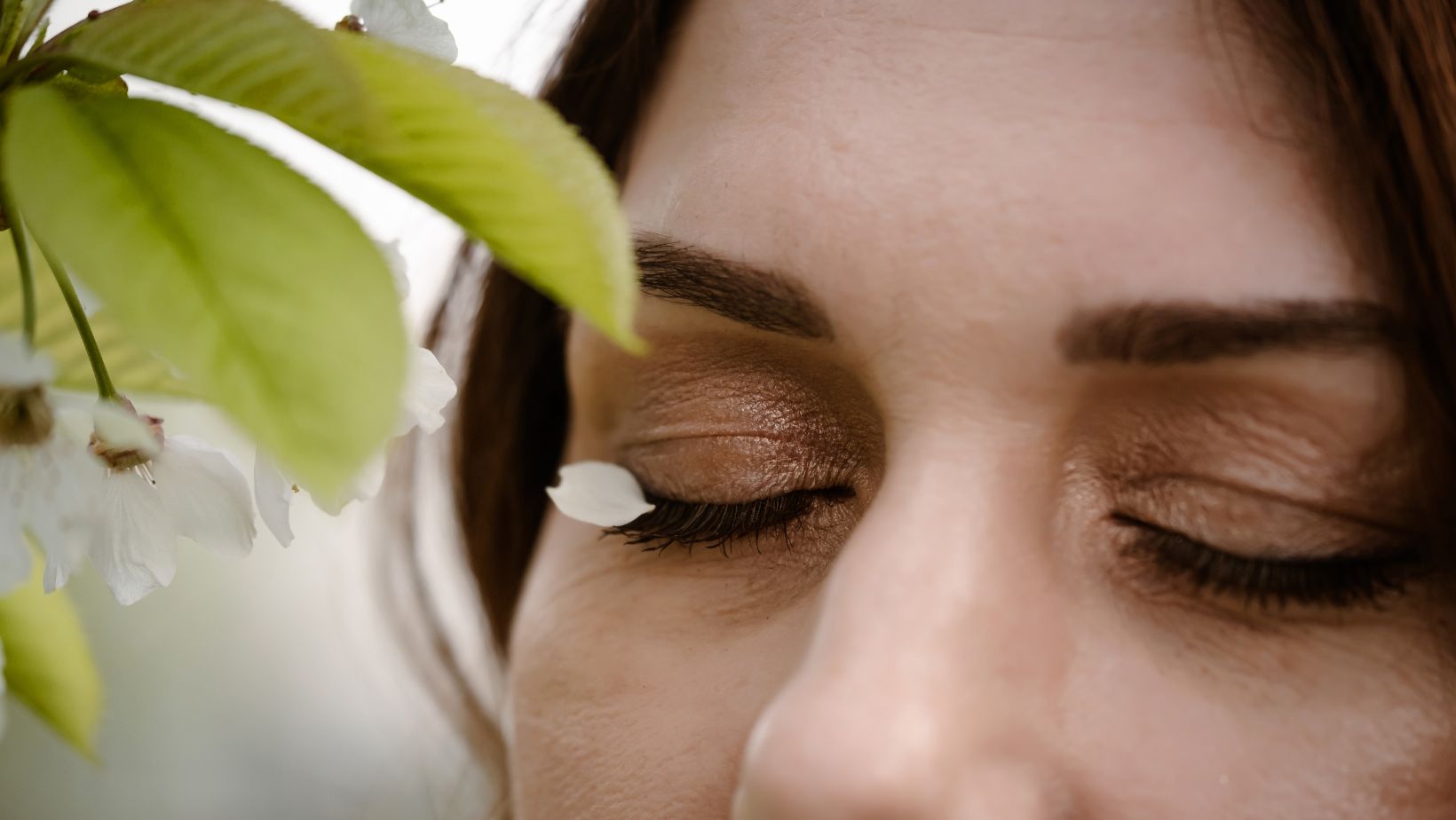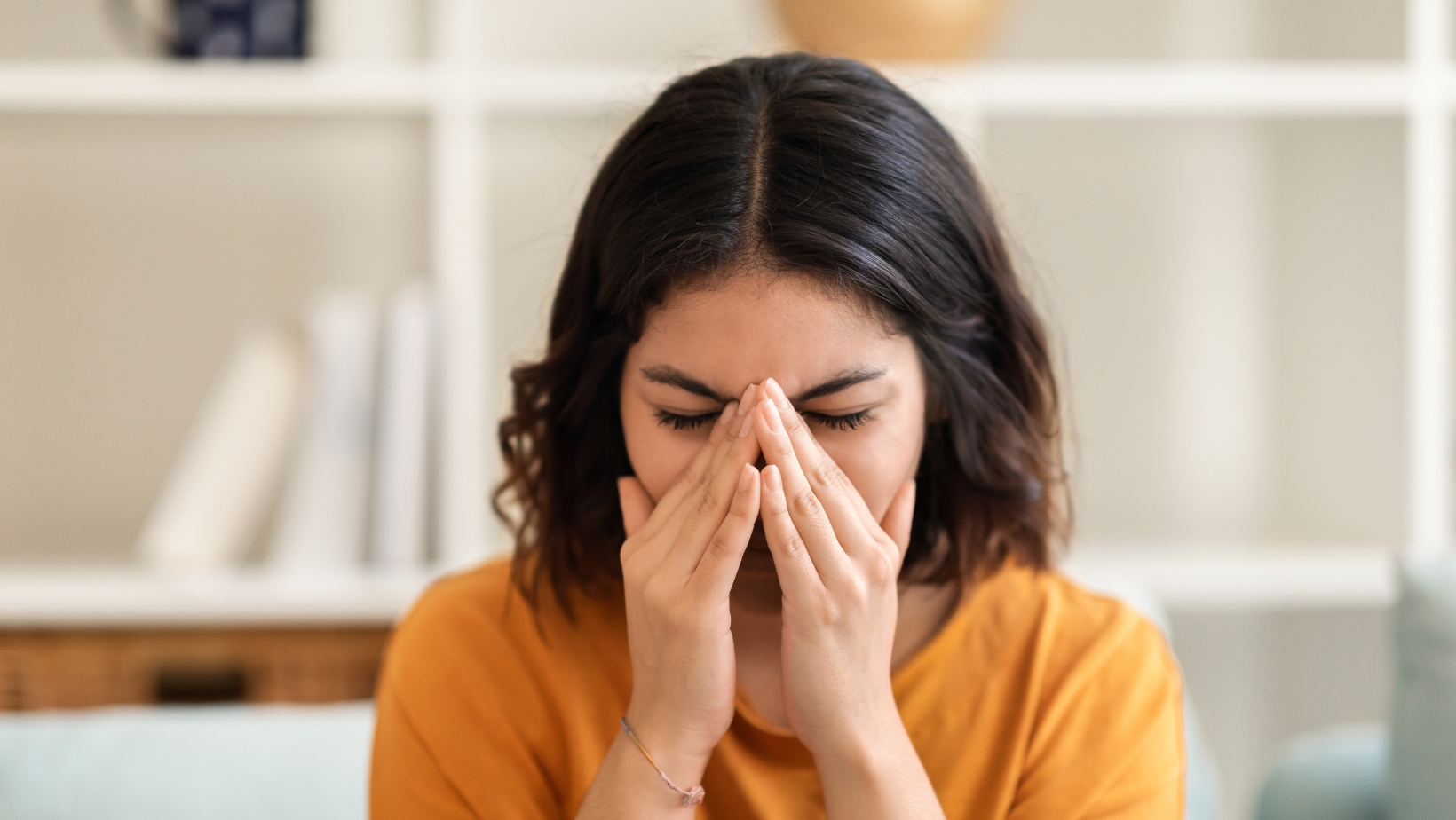
NATURAL REMEDIES FOR SUPPORTING HEALTHY VISION WITH AYURVEDA


Jan 28, 2025|Dr Ravin Chandak|M.D., PhD.(Scho)
Introduction
Sinusitis is a condition
in which the lining of sinuses becomes inflamed. According to ayurveda,
sinusitis can be correlated to Dushta Pratishyaya, where the main dosha
affected is kapha. It gets aggravated and vitiates the prana vata (a subtype of
Vata), which is mainly present in respiratory tract.
Types of sinusitis
Acute sinusitis: A sudden onset of cold-like symptoms such as runny,
stuffy nose and facial pain that last for 10 to 14 days. Acute sinusitis
typically lasts 4 weeks or less.
Chronic sinusitis: A condition characterized by sinus inflammation
symptoms lasting 8 weeks or longer.
Recurrent sinusitis: Several attacks within a year.
Symptoms and signs
·
Headache due to
partially or completely blocked sinuses.
·
Facial tenderness and/or
swelling
·
Fever
·
A cloudy, discoloured
nasal drainage
·
Postnasal drip is mucus
overproduction from sinusitis that flows to the throat and irritates throat
tissue.
·
Sore throat
·
Cough is a response to
post nasal drip and the body’s attempt to clear out throat tissue irritants.
·
Ear pain
· Sneezing
Ayurveda Treatment
1)Pachakarma
Process comprises five steps for the detoxification and
rejuvenation of mind and body. This treatment contains herbal massages and
cleansing enemas.
2) Nasya
It is one of the five detoxification procedures in
Ayurveda. In Nasya, the medicated oil or powder or fresh juice of herbs
are administered through the nostrils to clear the Kapha lodged in
sinuses. The oil travels through the nasal passage, penetrates the nasal
mucosal lining and scrapes out the accumulated Kapha in the sinuses.
Some of the best ayurvedic nasal drops are Anu taila, Shat Bindu
taila, Ksheerabala Tila taila, Coconut oil etc.
3)Shirodhara
Shirodhara is a procedure of slowly and steadily dripping
medicated oil or other liquids on the forehead. This procedure induces a
relaxed state of awareness that results in a dynamic psycho-somatic balance.
4) Dhoomapana
Post Nasya treatment, a procedure called dhoomapana is prescribed. The patient is asked to inhale the fumes of a medicated Varti (prepared from medicated powders) and exhale it through the mouth. Any left out doshas or Kapha will be easily pushed out after Dhoomapana.
5) Gandusha
Oil pulling in Ayurveda is referred to as Gandusha. Oil pulling also helps to dislodge the excess mucous and clears the pathway to the nose and throat.
6) Lepam
Medicated pastes are recommended for headaches which are made from medicated powders or fresh herbs and applied over the forehead. This calms and provides quick relief.
7) Steam Inhalation
Steam inhalation is another best way of sinusitis treatment in Ayurveda. The boiling water helps pull excess mucous from the sinuses. In acute conditions, steam inhalation is done 2-3 times a day.
8) DIET
Avoid consumption of food that increases Kapha. Excess sugar, cheese, creams, milk, banana, oily, fried and junk food. Avoid taking fruits in the night if you suffer from Sinusitis. Drink warm water and avoid consumption of cold liquids.
Foods reducing
inflammation are
·
Fish: Wild salmon, cod,
and sardines rich in omega 3 fatty acids
·
Turmeric spice: Often
used in Thai and Indian food, contains curcumin which reduces inflammation
·
Beans: Mung beans, and
kidney beans are also high in omega 3 fatty acids
·
Vegetables such as
broccoli, leafy greens, and bean sprouts contain high vitamin C
·
Citrus fruits oranges, grapefruit, and berries
·
Drinking green tea and
fluids help to alleviate any headaches that can result from dehydration
· Spices such as ginger, basil, and cayenne pepper
Share this post:

Dr Ravin Chandak M.D., PhD in Ayurved, having strong academic and clinical background. He is the Principal and Professor of a reputed Ayurved institute. He has expertise in Piles-Fistula and Chronic disease. He has published large number of research Papers in reputed national and international journals.
Unsubscribe anytime.
© Bodhaayu. All Rights Reserved. Designed by Atcosoftech

0 replies